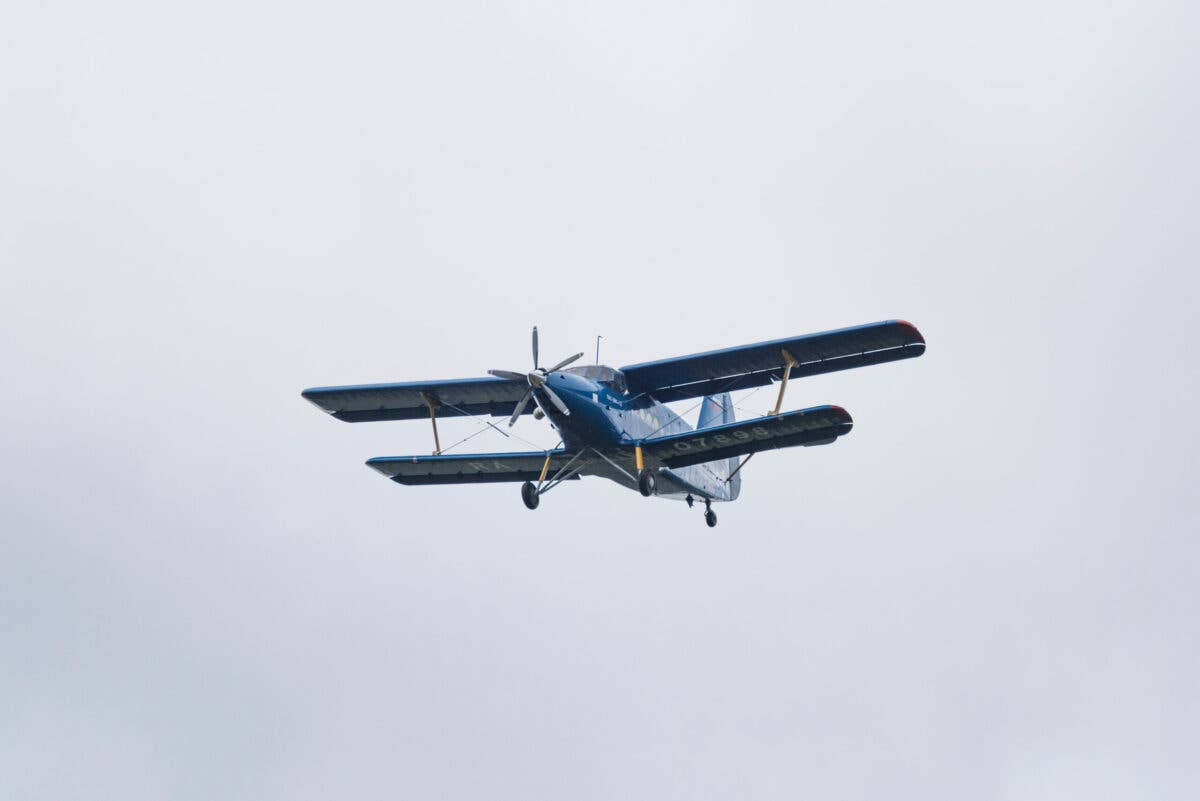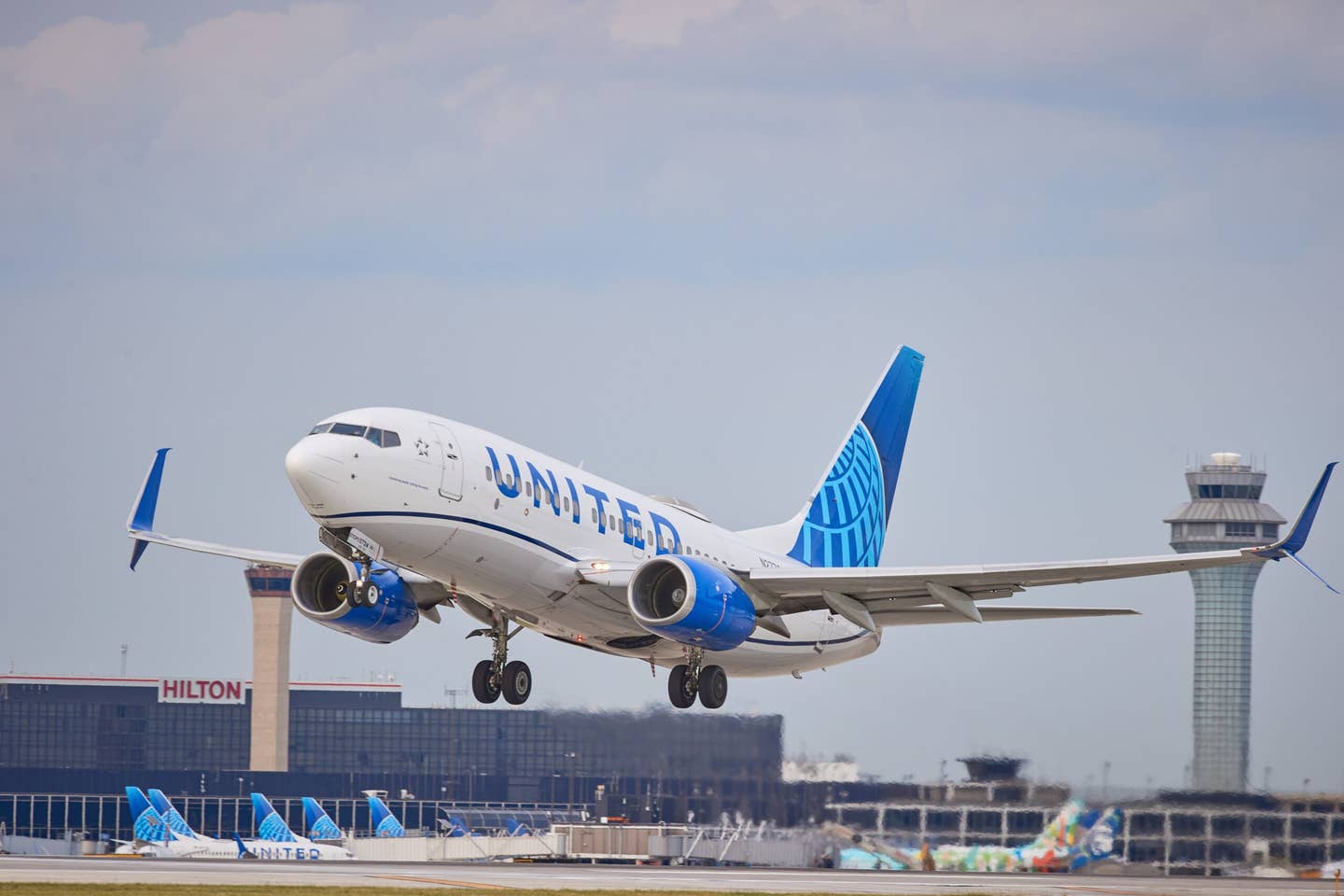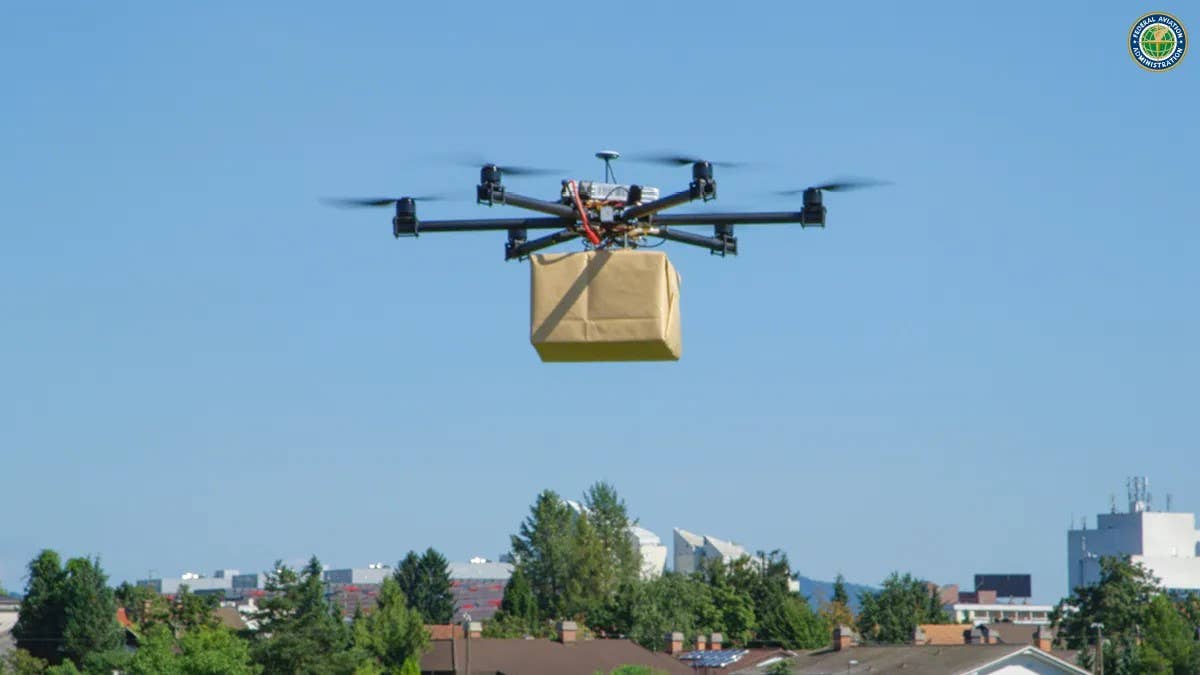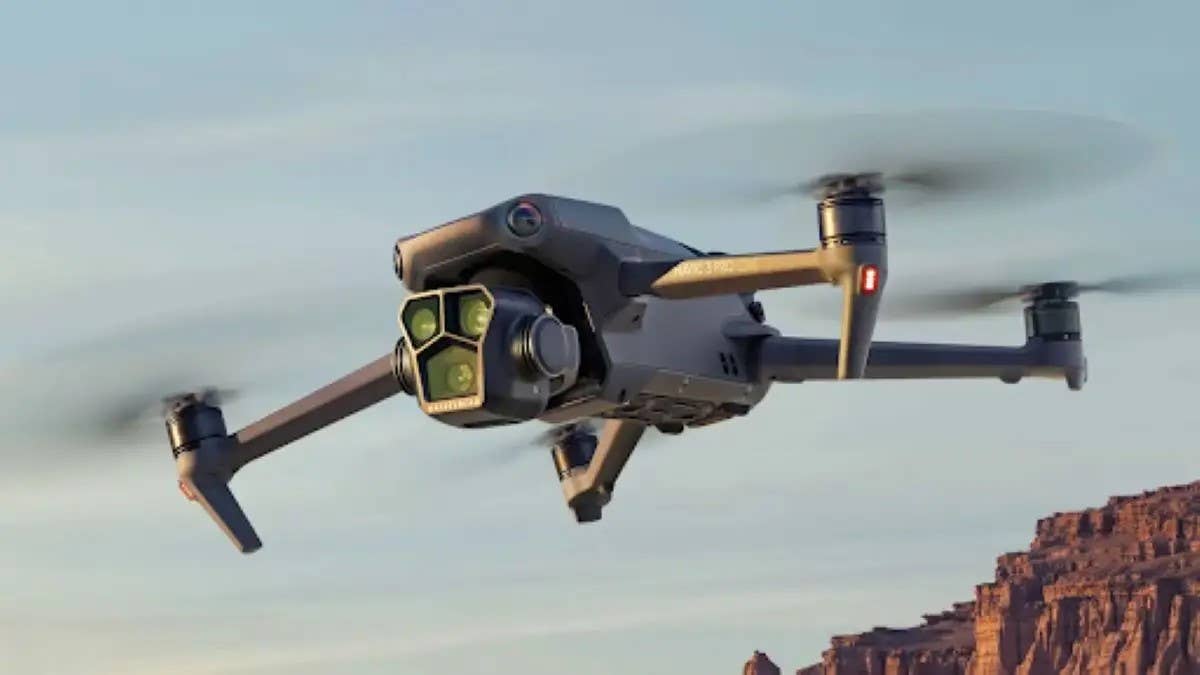Cuban Pilot Flies Soviet An-2 Biplane to Florida
A Cuban agricultural pilot has been accused of air piracy by the island country’s aviation officials after he flew the single-engine biplane to the Everglades.

The Cuban pilot landed at a Florida airport in an Antonov An-2. [Courtesy: Adobe Stock Images]
A Cuban agricultural pilot has been accused of air piracy by the island country's aviation officials after he flew a single-engine, Soviet-designed Antonov An-2 biplane to the Everglades.
The pilot, identified by Cuban authorities as Ruben Martinez Machado, landed at Dade-Collier Training and Transition Airport (KTNT) in the Everglades on October 21.
“He told airport staff that he was a defector from Sancti Spiritus, Cuba,” said Greg Chin, Miami-Dade Aviation Department spokesperson, WPLG reported.
Low and Slow
Martinez Machado is a pilot for a Cuban company called ENSA (Empresa Nacional de Servicios Aéreos), a subsidiary of the government’s Cuban Aviation Corporation, according to Cuban aviation officials. He has a valid Cuban pilot certificate that is set to expire October 30, the agency said.
According to Cuba's civil aviation authority, Instituto de Aeronautica Civil de Cuba, Martinez Machado took off from Sancti-Spiritus around 7 a.m. on October 21, flying toward Ed Cedro on a crop fumigation flight.
"After completing its second application flight, the aircraft, piloted by the captain on board Rubén Martínez Machado, did not return to the runway," the authority said in a statement.
He then flew from El Cedro, Cuba, (about 185 miles east of Havana) to Florida, according to WPLG. To avoid detection, the 29-year-old aviator flew at a low altitude, right over the wavetops of the Florida Straits, as evidenced via a video captured by a fisherman off the coast of Florida.
"Acts of air piracy constitute crimes defined in various international conventions, ratified by Cuba and the United States," Aeronautica Civil de Cuba said. "This fact represents a violation of Cuban airspace, operational safety and aeronautical regulations, in correspondence with the Annexes of the Convention on International Civil Aviation (Chicago Convention)."
At 11:30 a.m.—more than four hours after leaving Cuba—Martínez Machado approached the runway of KTNT in the Everglades, where he alerted “officials” that he was low on fuel, according to local reports—officials quoted in those reports as the “tower” at KTNT, though it is a nontowered field.
There, he landed the large single-engine biplane.
Defecting With Soviet Technology
The Antonov An-2 is a single-engine biplane designed and manufactured by the Antonov Design Bureau beginning in 1947. The rugged aircraft boasts high-lift characteristics, allowing it to operate out of short and unimproved runways easily.
Antonov ceased production in 2001, and several remain in service with military and civilian operators worldwide.
The An-2 flown by Martínez Machado features the registration number CU-A1885 on its right-top wing and the ENSA logo on its fuselage. The company operates agriculture flights and domestic cargo deliveries under the management of the Cuban Civil Aviation Corporation, or CACSA.
After landing, airport officials contacted law enforcement, and U.S. Customs and Border Protection personnel took Martínez Machado into custody.
This is not the first time a Cuban pilot has defected via airplane. On March 20, 1991, Mikoyan-Gurevich MiG-23 pilot Orestes Lorenzo Perez flew under radar coverage from Cuba to Key West and circled the Naval Air Station three times, to signal friendly intentions. After some investigation, he was granted asylum and allowed to remain in the country.
The following year, Perez once again flew under radar detection, returning to Cuba to pick up his wife and children, according to the New York Times. Rather than a Soviet jet, Perez opted for a 1961 Cessna 310 that he had purchased with the help of some fundraising efforts and had only landed once before. After sneaking into Cuba and landing on a street near Havana, Perez took off, avoiding Cuban radar, and returned to the U.S. with his family onboard.
An-2 pilot Ruben Martinez is currently in government custody awaiting his immigration proceedings.

Subscribe to Our Newsletter
Get the latest FLYING stories delivered directly to your inbox






